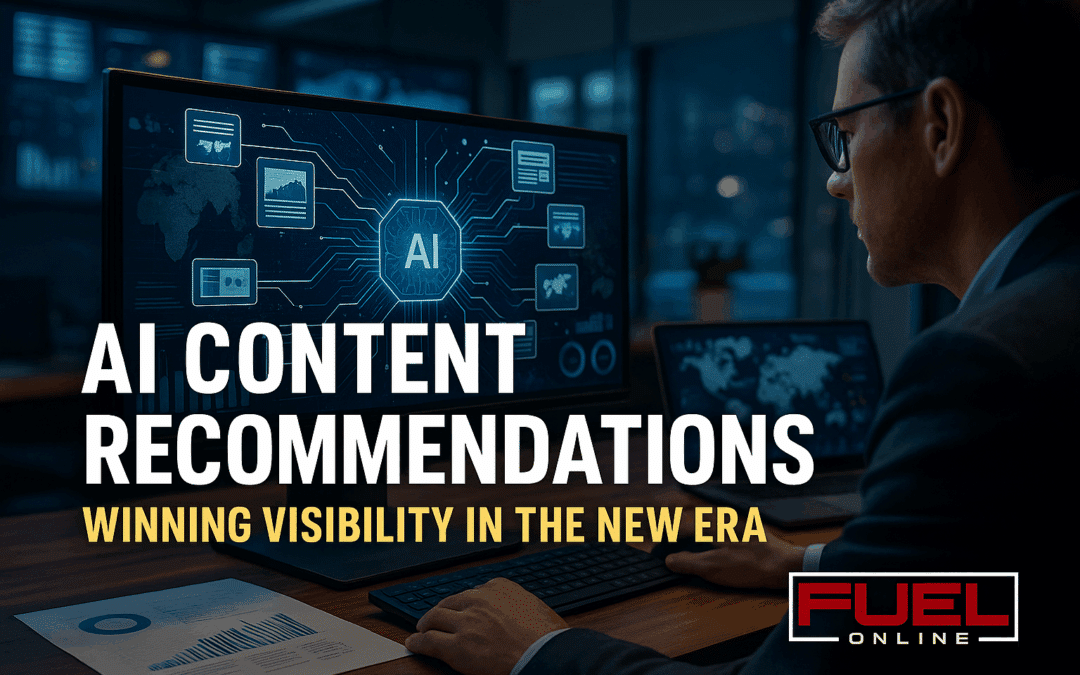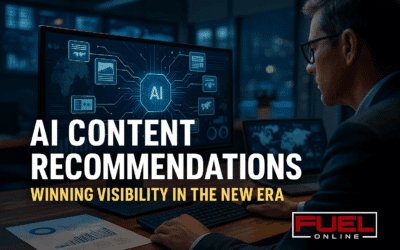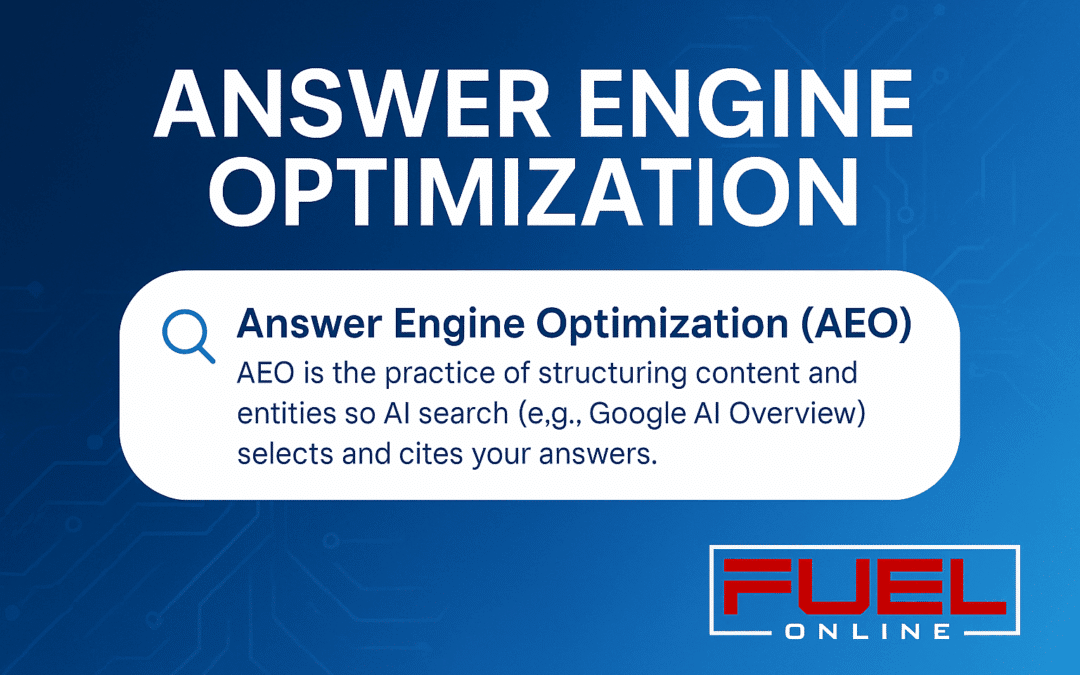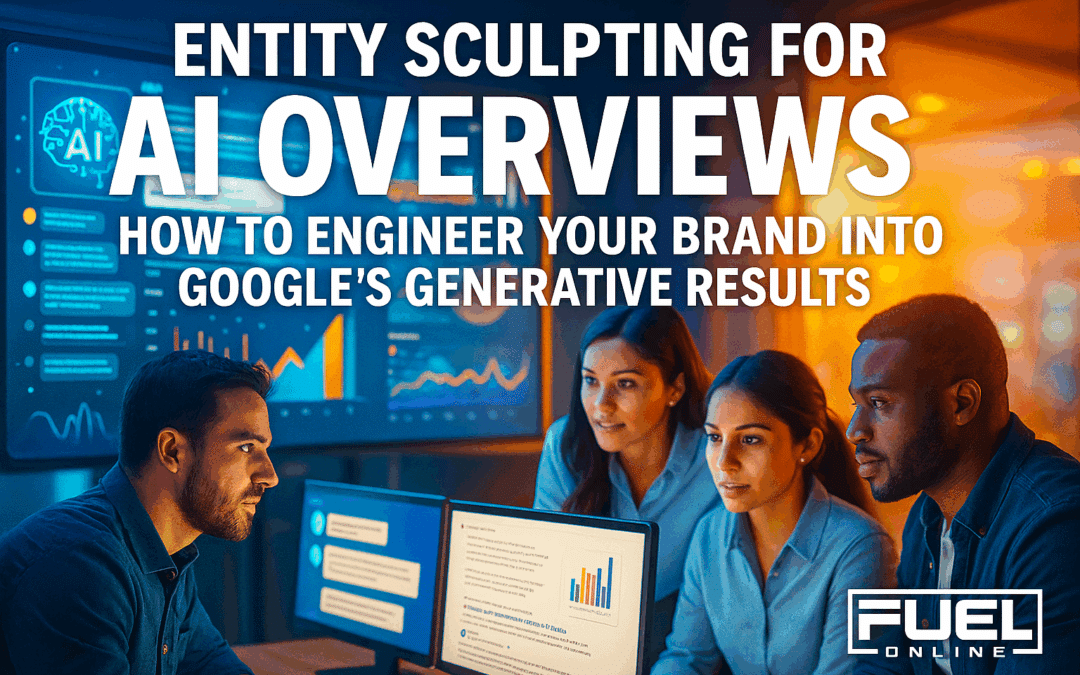In today’s environment, content marketing is no longer just about producing blogs or social posts—it’s about architecting intelligent ecosystems of information that feed both human audiences and the AI-driven engines now curating their experiences. CMOs are under unprecedented pressure to demonstrate not only creativity, but measurable pipeline impact, brand trust, and future-proof positioning in an era where algorithms, generative AI, and shifting consumer behaviors are rewriting the rules in real time. What once passed for a “trend” is now table stakes: personalization must be dynamic, search optimization must be built for answer engines, and brand voice must navigate the blurred lines between human storytelling and machine-augmented scale. To win in 2025 and beyond, leaders need more than awareness of emerging tactics—they need a systemized strategy that integrates AI, semantic search, interactivity, and data-driven decision making into every layer of content planning.
Content marketing has never been more dynamic—or more demanding. With AI, experiential media, data intelligence, and evolving consumer expectations reshaping the landscape, CMOs and digital leaders must go beyond surface-level trends and think in terms of systems, ROI, and future-readiness.
Here are seven advanced content marketing strategies you need to not just follow—but lead.
1. AI-Augmented Creation with Editorial Oversight
While many brands use AI for content generation, the real competitive edge comes from combining AI speed with human judgment.
-
Set an AI-assisted content workflow: Let AI draft headlines, outlines, or intro paragraphs; then route to editors for tone, fact-checking, and brand voice.
-
Command prompt templates for consistency: Structure your prompts around persona + tone + format to reduce content drift.
-
Maintain transparency: Use an AI disclosure badge or metadata so users (and AI systems) know what’s human-crafted and what’s generated.
Insight: 73% of companies use AI for content—but teams that pair it with rigorous human review see significantly higher quality and trust.
2. Semantic Search Optimization with Topic Intent Mapping
Search has evolved to understand concepts, not just keywords. Your content strategy must reflect that.
-
Build Pillar-Cluster Models: Design content around a central topic (Pillar) and support it with semantically connected subtopics (Clusters).
-
Include structured FAQ blocks at the bottom for long-tail prompts (ensuring AI answer visibility).
-
Add topic intent tags: Identify content as “Definition,” “Comparison,” “How‑To,” or “Example” to help AI surface it in context.
Strategic insight: AI search engines now prioritize semantically rich, structured pages—if your content isn’t mapped strategically, it may never get cited.
3. Short-Form Video + Interactive Content
Short, sharp, and interactive content is dominating platforms—from TikTok to embedded web modules.
-
Clip long-form video into 30-sec summaries using tools like OpusClip; optimize with captions, hooks, and end screens linking to your site.
-
Deploy quizzes, calculators, or “choose-your-path” modules that feed user data into real-time personalization microsites.
-
Embed UGC challenges or e-commerce shoppable overlays to drive engagement and conversion.
Data point: Interactive content boosts engagement rates by 70%, while short-form clips drive immersive brand engagement across demographics.
4. Hyper-Personalization at Scale
Real-time personalization is now table stakes for marketing sophistication.
-
Deploy behavior-triggered content swaps (e.g., changing hero copy based on scroll, referrer, or on-site behavior).
-
Leverage AI segmentation engines to feed dynamic content to users based on intent clusters and firmographic data.
-
Use personalized video intros—AI-generated overlays that greet viewers by name or action.
Core stat: 89% of marketers say AI-driven personalization is essential—and it’s driving 2–3X ROI when paired with conversion experiments.
5. AEO and Generative SEO: Content for Answer Engines
With AI Overviews and generative search reshaping discovery, make sure your brand is chosen as the answer.
-
Craft answer capsules—40–80 words at the top of content with direct, fact-based answers to high-value queries.
-
Mark up with FAQPage and HowTo schema so AI systems can clearly parse answer intent.
-
Track AI Share of Voice—monitor how often your brand appears in AI answers vs. competitors, then optimize.
Insight from GEO research: Content structured for generative engines (GEO) significantly increases inclusion likelihood in AI Overviews.
6. Real-Time Measurement: Content as Pipeline
It’s time to treat content as demand—not just awareness.
-
Add embedded event tracking in answers, videos, quizzes, or infographics to measure micro-conversions (e.g., scroll, watch, engagement).
-
Build internal dashboards showing which content drives pipeline—whether through downloads, live demos, or inquiry.
-
Run content attribution modeling monthly, not quarterly, tying content to MQLs and closed deals in your CRM.
7. Ethical AI & Brand Trust
As AI scales content generation, your credibility depends on responsible use.
-
Publish AI methodology blurbs disclosing whether content was drafted or verified by AI.
-
Use “ai_reviewed_by” structured data for transparency.
-
Flag AI-only content for quarterly human audit to correct hallucinations or outdated insights.
-
Maintain privacy guardrails, especially when dynamically capturing user behavior for personalization.
Final Thoughts: Go Beyond Trends—Build Systems That Learn and Scale
Here are the strategic behaviors that distinguish leaders:
-
Iterative AI workflows that refine with feedback.
-
Template-driven personalization that scales intelligently.
-
Content KPIs aligned with pipeline and trust, not just engagement.
CMOs who invest in AI-aware, structured content systems—not random output—will define narratives and share of voice in the future.







